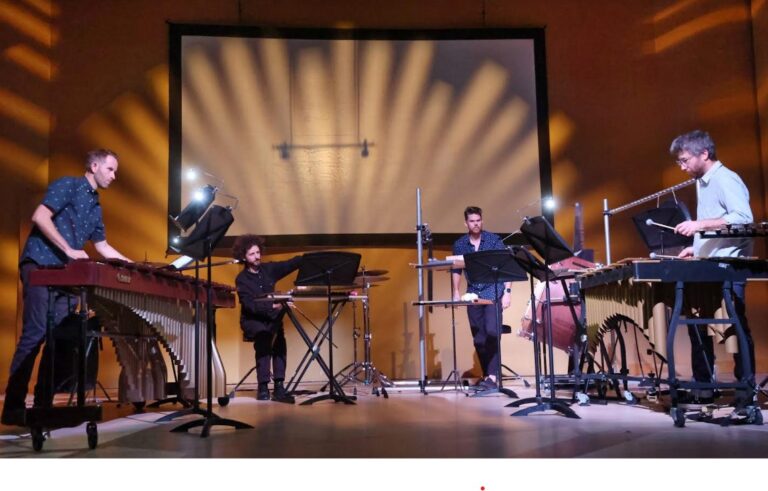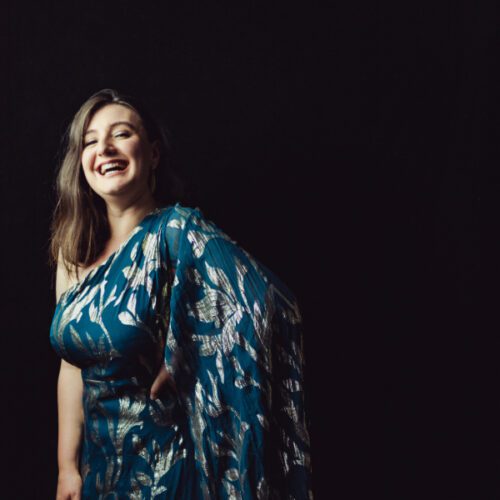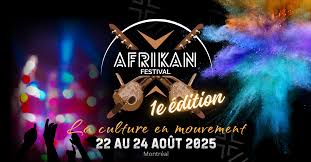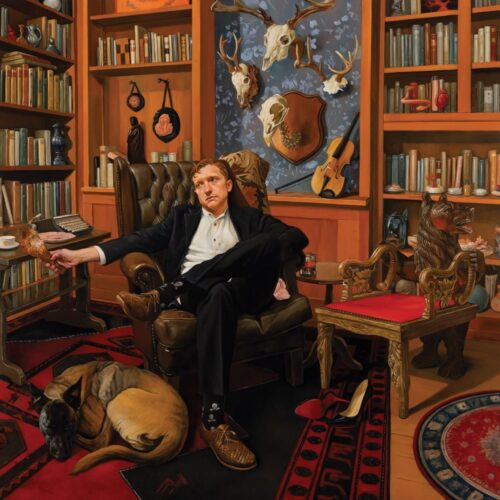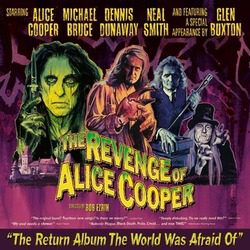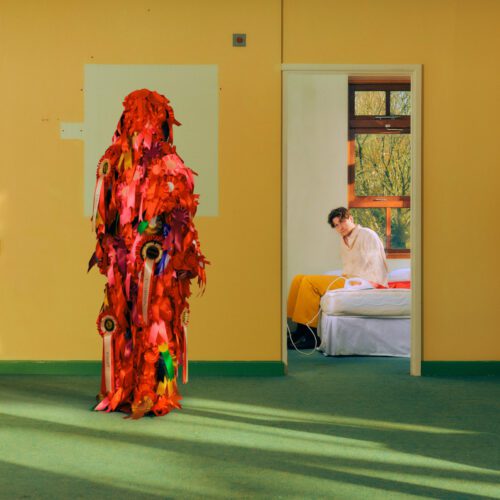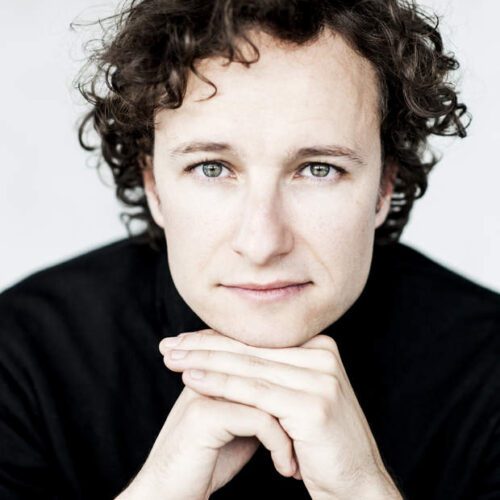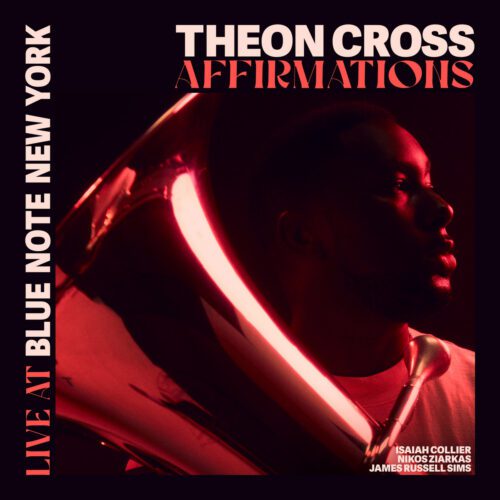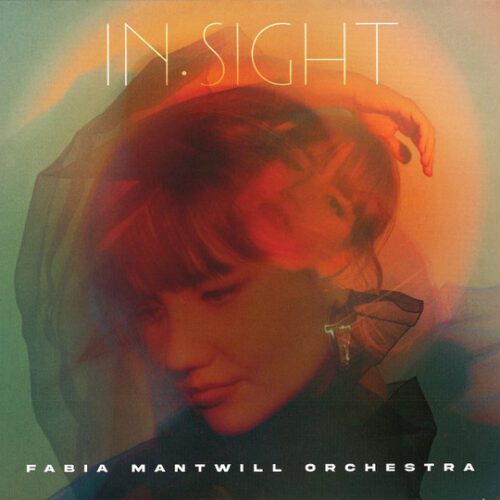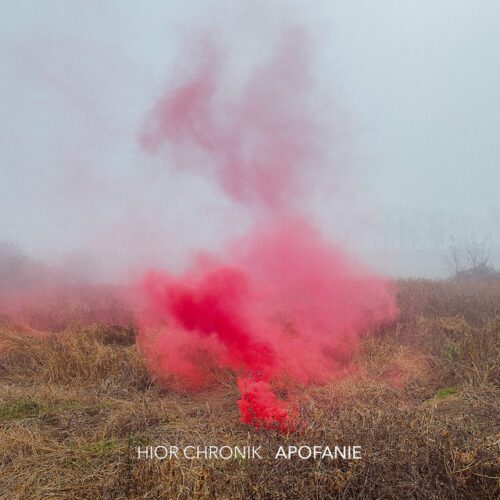Last night marked the final concert of the new FLUX festival, in Montreal. On the program were two works by the unjustly forgotten genius of Minimalism/Post-Minimalism, Julius Eastman, and Angel’s Share by young composer Andrea Young.
Julius Eastman was a black and queer composer born in 1940, unable to find a permanent place in the art world of the 1970s-1980s. The contemporary classical world was still not easily accessible to non-white artists, and his sexual identity was fraught with stubborn prejudice, especially during the AIDS pandemic. Imagine he died abandoned, penniless, homeless. It took nine months for the music world to notice his disappearance! And yet, what a vision! At a time when it wasn’t really being done, he dared to fuse the principles of repetitive minimalism with modern harmonies and techniques linked to avant-garde and experimental music, as well as jazz and pop. He was a pianist, singer and dancer. If you listen to Peter Maxwell Davies’ Eight Songs for a Mad King on the Nonesuch label, the voice of the Mad King, it’s him. His personal activism in affirming his black and gay intersectional identity is an avant-garde struggle.
Several of his compositions bear unmistakable titles, such as Gay Guerilla (heard yesterday, I’ll come back to that) or Nigger Faggot. In this sense, if his creative talent was appreciated, his identity struggle earned him a lot of misunderstanding and closure. In the end, he sank into substance abuse and homelessness, unable to find enough professional contracts to live on. His run ended in 1990.
Eastman’s repetitive Minimalism contains elements readily associated with today’s Post-Minimalism. Over continuous pulses, Eastman develops chromatic melodic coverings, sometimes verging on atonalism. A fusion of Reich and Boulez (I’m caricaturing, but you get the idea) that was totally unique at the time, and still rarely encountered today.
Two works by Eastman were on the program. Let’s start with the disappointment (in part only): The Holy Presence of Joan D’Arc. I was eagerly awaiting the performance of this powerful piece for 10 cellos, built on an irremediable, raging pulse, over which Eastman draws melodic lines that do, indeed, veer towards atonalism. There weren’t 10 cellists on stage. Instead, what we were offered was the performance of Toronto’s solo cellist, Amahl Arulanandam, recorded in multi-track and video multiplans, all projected on screen. Well, the impression of watching a YouTube video with a bunch of other people crossed my mind, but it has to be said that from the very first notes, Arulanandam is impressive, and the video editing dynamic enough to make the whole thing quite captivating (especially thanks to the music, of course!. A true masterpiece of emotional intensity). I was getting sucked into the visceral narrative of the piece, all was going well, when the floor collapsed. Not literally, but technologically. The video started to “drag”, like when you’re watching a movie or playing a game on a laptop/PC and the network doesn’t provide the necessary feed. Fortunately, the sound remained crystal-clear, but the image/music relationship that had initially grabbed me was becoming jerky. I spent the rest of the time (oh, two-thirds of the piece) waiting for “it to come back”, frustrated, boiling with the desire to throw the evil laptop on a wall (you’ve felt that before, haven’t you?). I could have just closed my eyes, you’re right. But I couldn’t anymore. The damage had been done. Was it the same for the other spectators? I’m not sure. But I’m certain that the effect initially intended by this program entry piece was not achieved. The faint applause seems to bear this out. It’s such a shame.
For an excellent performance of this work : Montreal’s Novarumori ensemble conducted by Isak Goldschneider at Suoni per il popolo festival 2017
I’m not the type to forget the forest and look only at the dead tree. That kind of jinx happens. And then, Eastman’s music remained heard throughout, and confirmed to me what a masterpiece he wrote with The Holy Presence of Joan D’Arc (a lost score, and reconstructed by ear from a recording). I’ll make this request to the organizers though: please offer us this piece again in the not-too-distant future, with ten flesh-and-blood cellists, so we can give it another chance, which it fully deserves, and so we can have a proper ecstatic time. Thanks.
The program followed with a piece for percussion quartet by Andrea Young from Montreal. Angel’s Share is a synesthetic exploration. That is, it seeks to combine affects associated with one sense with those of another. Here, the music in three movements is inspired by the rich, complex aromas of as many quality Scotches, three rare single malt whiskies from Scotland’s Ardbeg distillery. Without said aromas at our disposal (what a great option that would have been!), it’s impossible to fully account for the success or not of the adventure. Even if this is not the intention, and the composer wished to make this a strictly aural experience, curiosity gets the better of us, and we do feel as if we’re missing something. All the more so as the three movements of this very fine music, constructed like a fragile abstract lace, seem rather interchangeable. That’s the danger of this kind of proposal: you can’t evoke synesthesia and leave the spectator with only one half of the sensory equation. Be that as it may, Angel’s Share is a beautifully crafted, ethereal composition filled with fine textural touches, such as the presence of two musical saws.
The final piece brought Julius Eastman back to the fore with Gay Guerilla for percussion quartet and two pianos. One immediately thinks of Steve Reich and Music for 18 Musicians! There are many similarities between the two pieces, but we soon notice the fundamental difference in the harmonies used by one and the other. Reich’s harmonies are open, tonally full. Eastman’s harmonies are tight, chromatic, but never slipping into atonalism, as in The Holy Presence of Joan D’Arc . Gay Guerilla, despite its title, is ultimately an “easier” piece than the other, but its boundless energy and rising and falling dynamic tides create a narrative discourse that captivates and holds the attention of the most demanding listener. Highly enjoyable and, once again, an immense gem of Minimalism that deserves to be played more often.
The musicians’ performance was generally very good, even if here and there I detected a few discrepancies in rhythmic synchronization in the more linear and grouped episodes. But I quibble.
This last concert of a new festival was filled with great music and leaves us eager for another edition next year.
